Sterling is overwhelmingly the strongest one today, followed by Japanese Yen. Aussie seems to be the third strongest, but it’s momentum is actually far behind the two. On the other hand, Swiss Franc is leading the way down, followed by New Zealand and then Canadian Dollar.
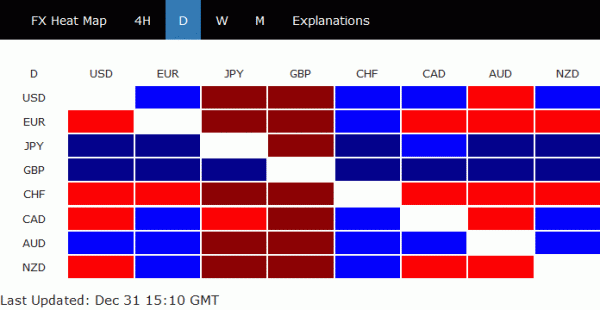
While the market is thin on holiday, Pound’s strength could be an indication that trader are already starting to adjust their positions. That comes well ahead of the highly anticipated parliamentary vote on Brexit deal in the week of January 14. For now it’s still unlikely for Prime Minister Theresa May’s Brexit agreement to enough votes for approval. And May is seeking political and legal assurances from the EU regarding the Irish backstop.
Such deadlock should be well understood by the EU. European Commission President Jean-Claude Juncker said over the weekend that “I get the impression that the majority of British members of parliament deeply mistrust Mrs. May and the EU”. And” “people imply that our goal is to keep the U.K. in the EU by any means. He emphasized “that’s not our intention. We just want clarity on the future relations. And we respect the result of the referendum.”
Separately, UK Trade Minister Liam Fox said there is a “50-50” chance of no Brexit should the deal is voted down. But he emphasized that “that would induce a sense that we had betrayed the people that voted in the referendum.” And,
“for me, the worst possible outcome of this process would be no Brexit”. But there are rumors there will be cross-party push to delay Brexit date should the deal is voted down.
GBP/USD’s rise today now puts 1.2811 near term resistance into focus, which is close to 55 day EMA. Considering bullish convergence condition in daily MACD, sustain break of 1.2811 and 55 day EMA will be an early sign of medium term reversal. And further rise would be seen back to 1.3174 structural resistance for confirmation.
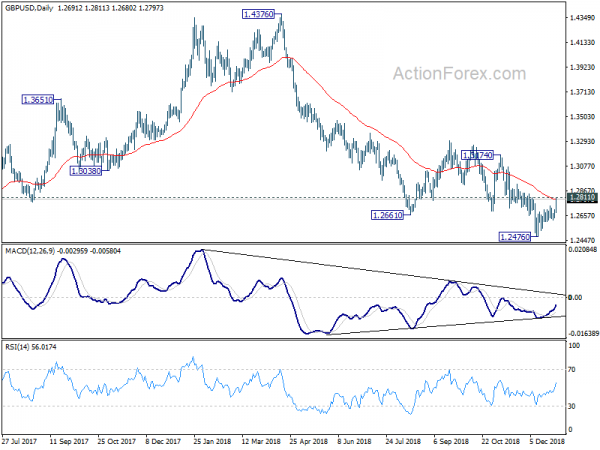
EUR/GBP is already pressing near term support of 0.8931. Firm break there will indicate rejection by 0.9098 key resistance And the rebound from 0.8655 should be over. In that case, deeper fall should be seen back to 0.8810 support and below.
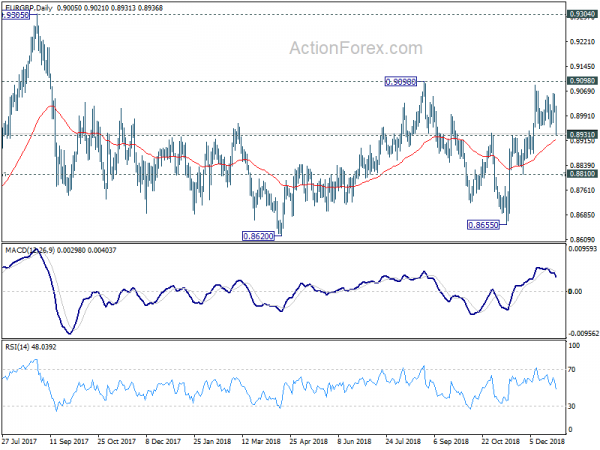




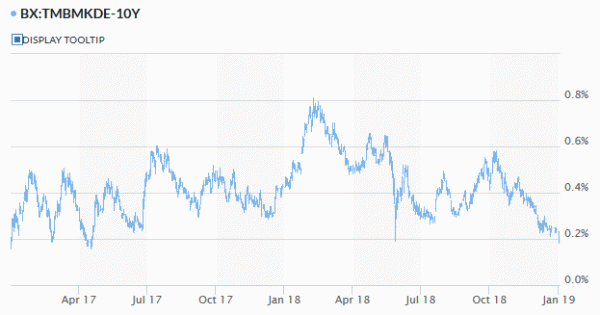
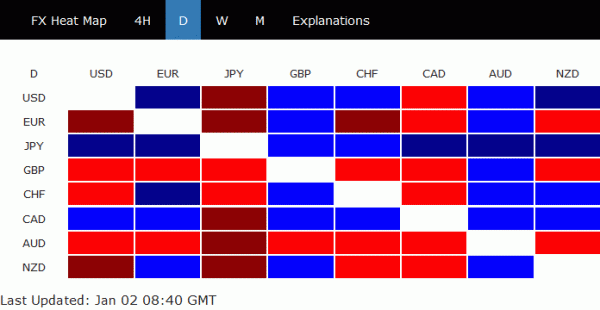
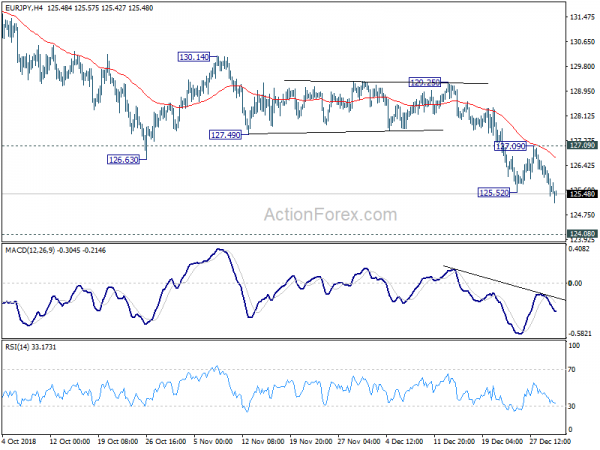
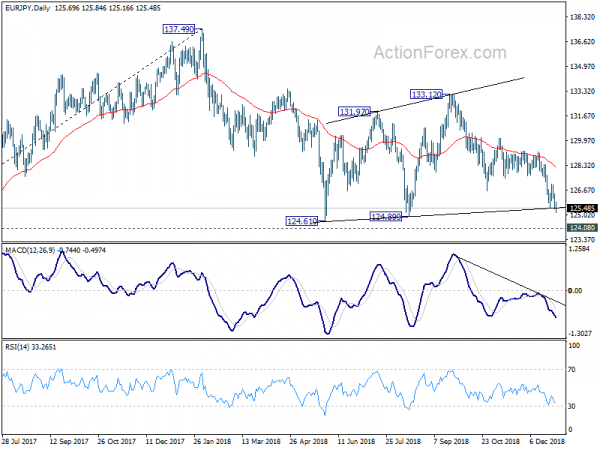
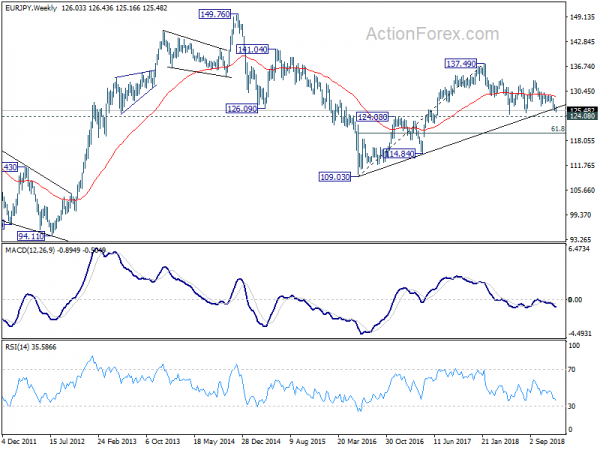
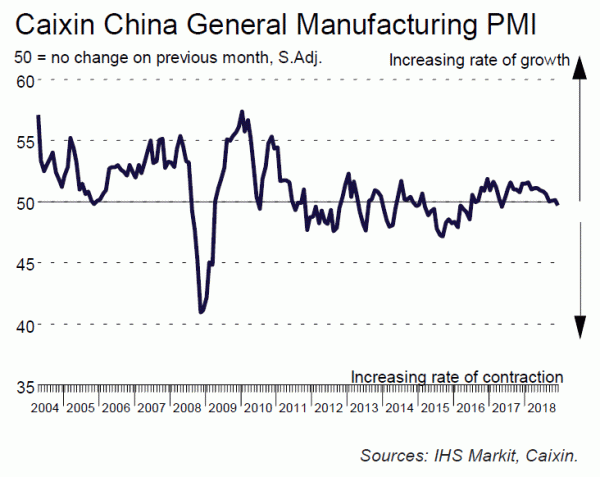

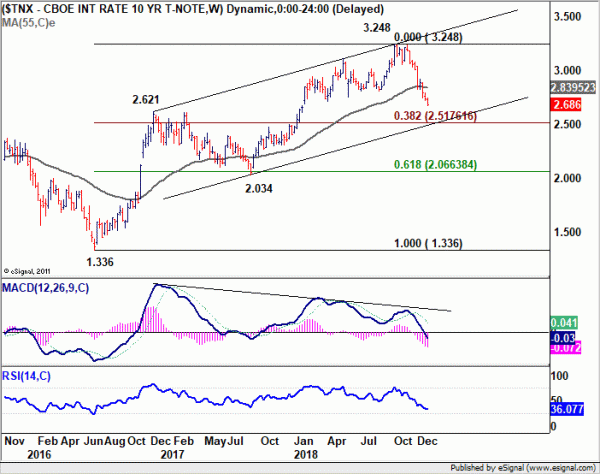
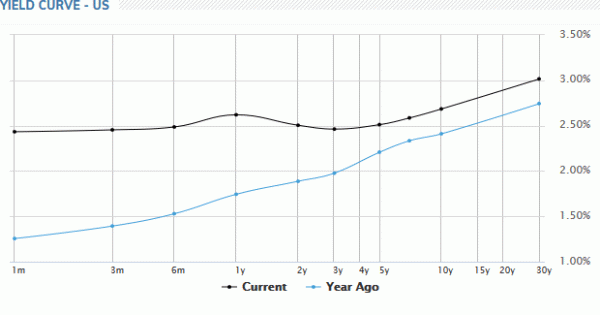
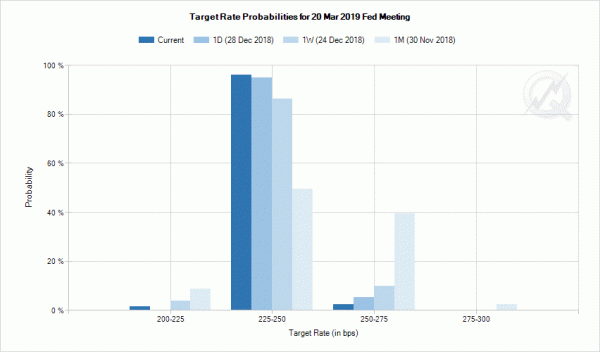
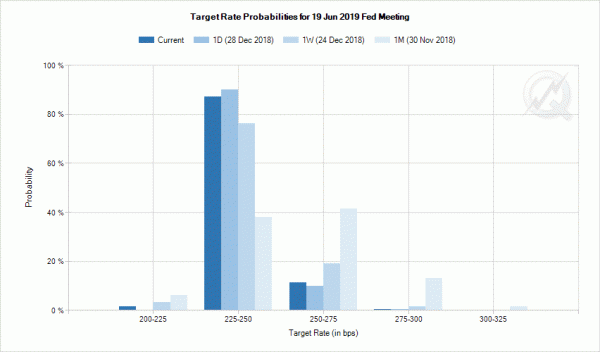



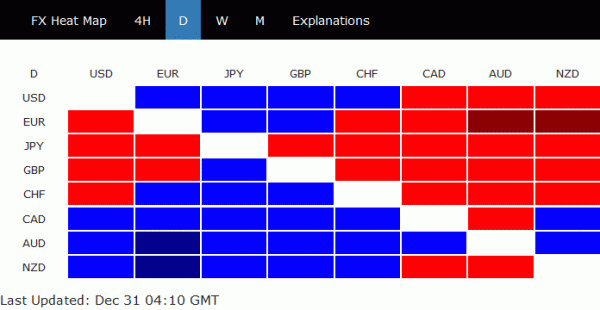
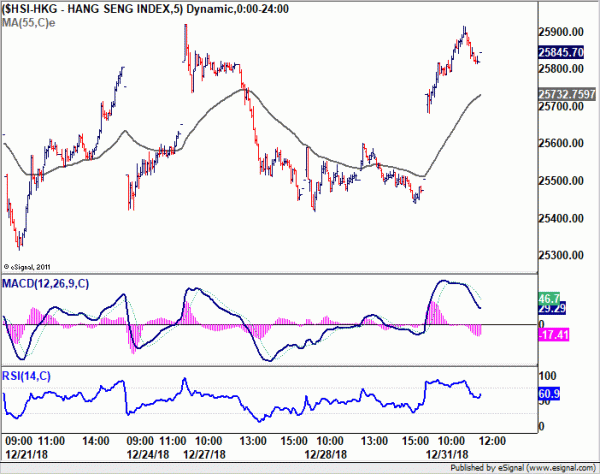
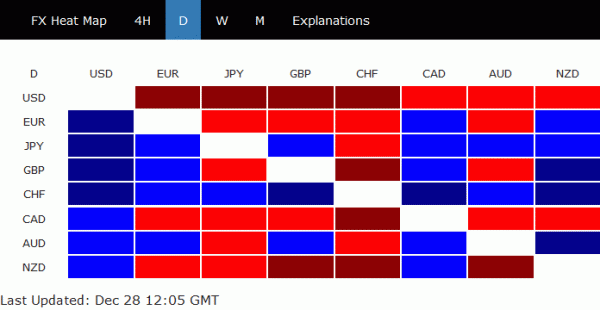
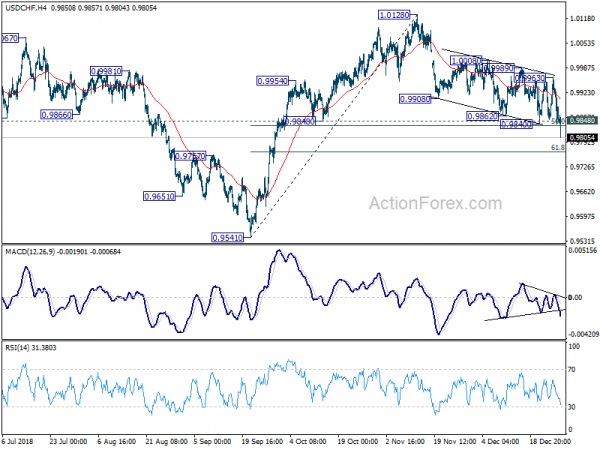
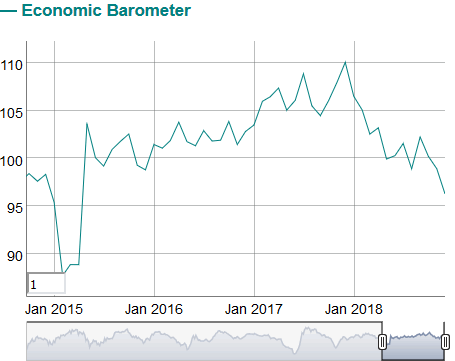
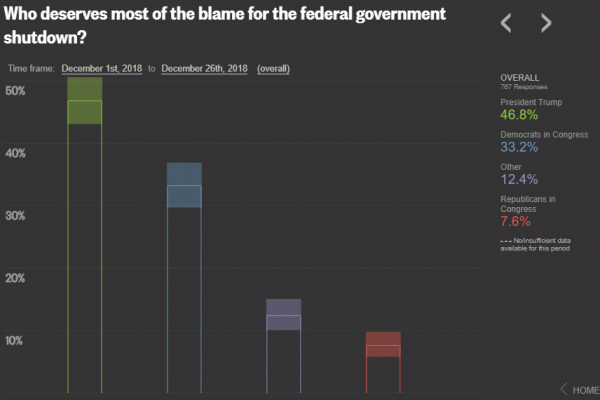
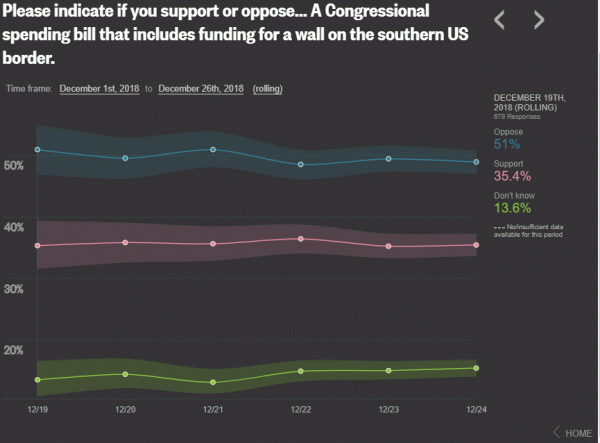
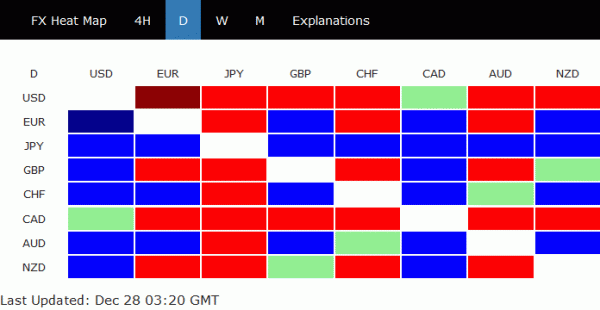
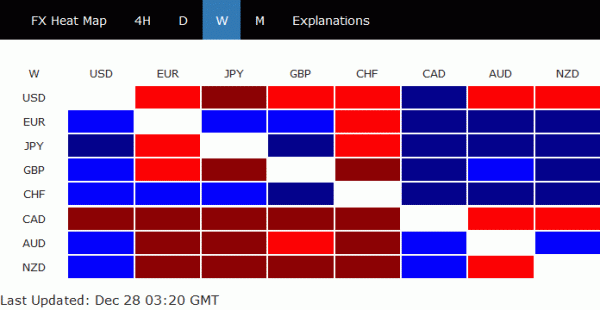
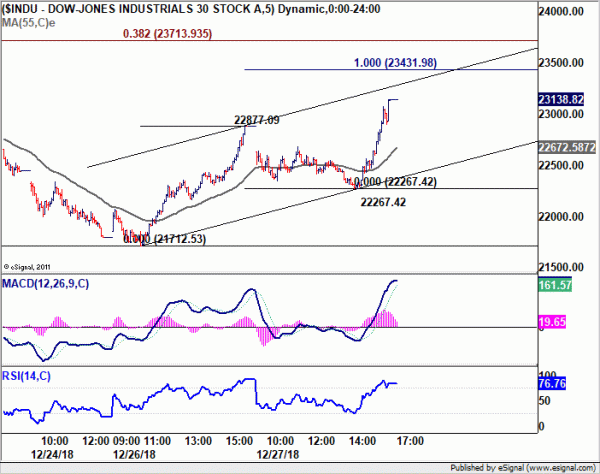
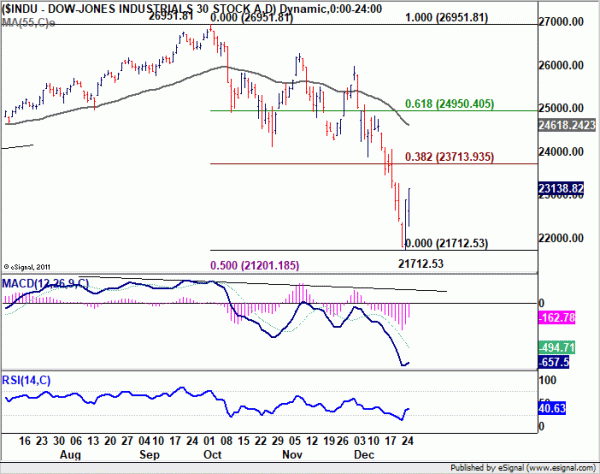
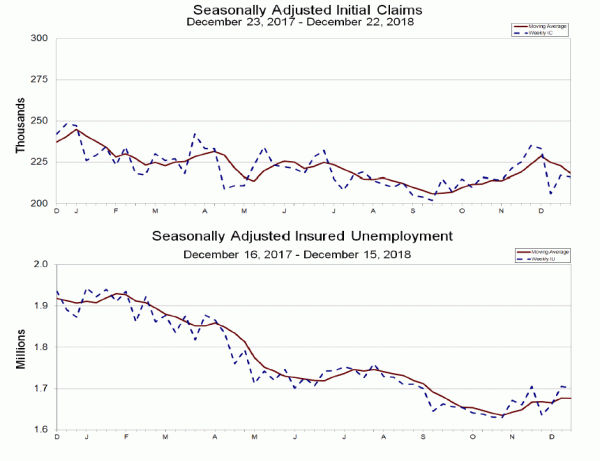
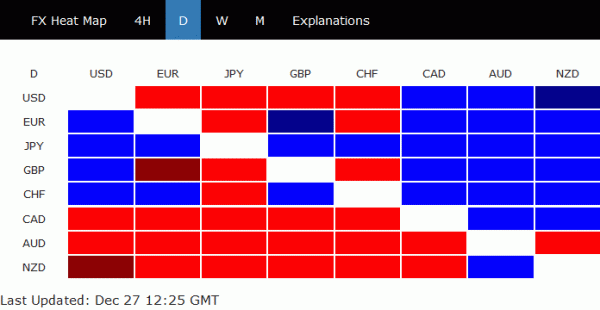

Eurozone PMI manufacturing finalized at 51.4, manufacturing boom faded away to near stagnation
Eurozone PMI manufacturing was finalized at 51.4 in December, unrevised. It’s down from November’s 51.8 and hit the lowest since February 2016. Markit also noted that “fall in new work signalled for third month running” and “confidence about the future hits fresh six-year low”. Among the countries, Germany hit 33-month low at 51.5. Spain hit 28-month low at 51.5. France hit 27-month low at 49.7, in contraction. Italy, despite recovering to 2-month high at 49.2, remained in contraction.
Commenting on the final Manufacturing PMI data, Chris Williamson, Chief Business Economist at IHS Markit said:
“A disappointing December rounds off a year in which a manufacturing boom faded away to near stagnation.
“The weakness of the recent survey data in fact raises the possibility that the goods producing sector could even act as a drag on the overall economy in the fourth quarter, representing a marked contrast to the growth surge seen this time last year. The last three months of 2018 saw manufacturers report the worst quarterly performance in terms of production since the second quarter of 2013.
“Worryingly, current production levels were achieved only by firms eating into backlogs of orders received in prior months and a dearth of new orders means capacity will be cut back in coming months unless demand revives. December saw a third consecutive monthly drop in new orders.
“More encouragingly, some of the recent weakness could prove temporary, being the result of protests in France and the auto sector struggling to adjust to new emissions regulations. However, the undercurrent of weak demand and growing risk aversion evident across the surveys suggests that any rebound could prove modest at best, with Brexit representing a particularly worrying unknown for the outlook.”
Full release here.